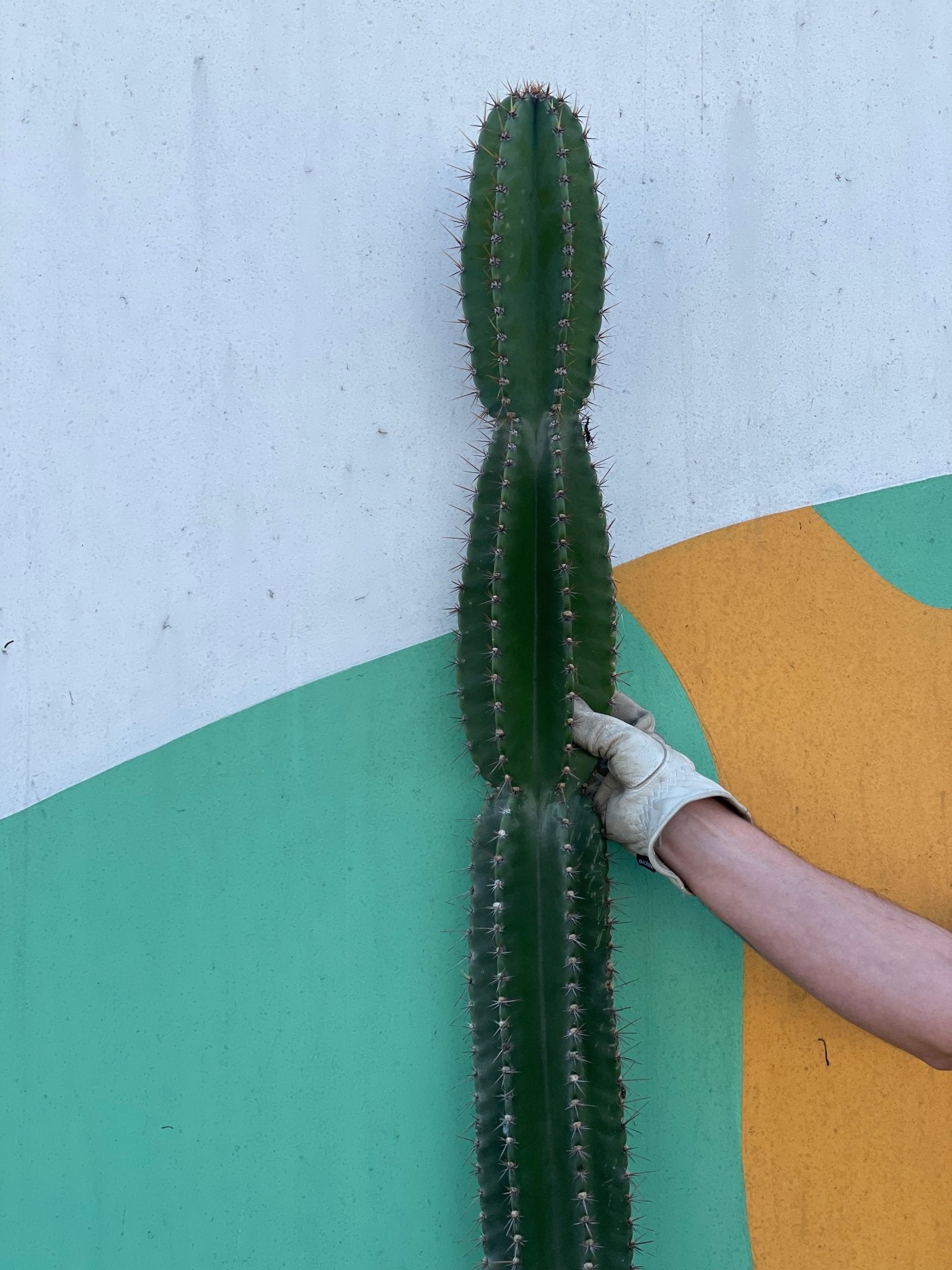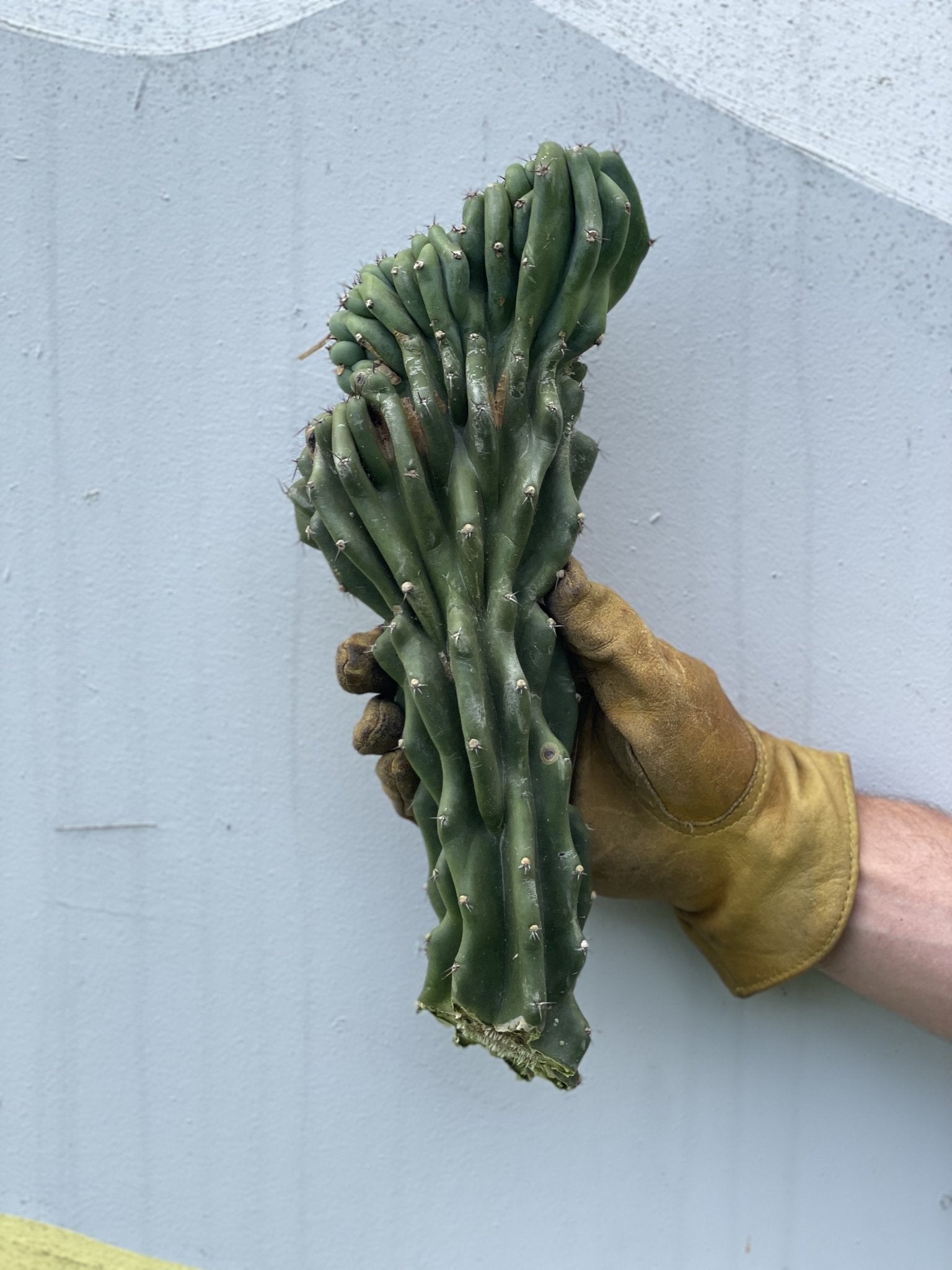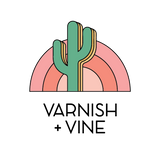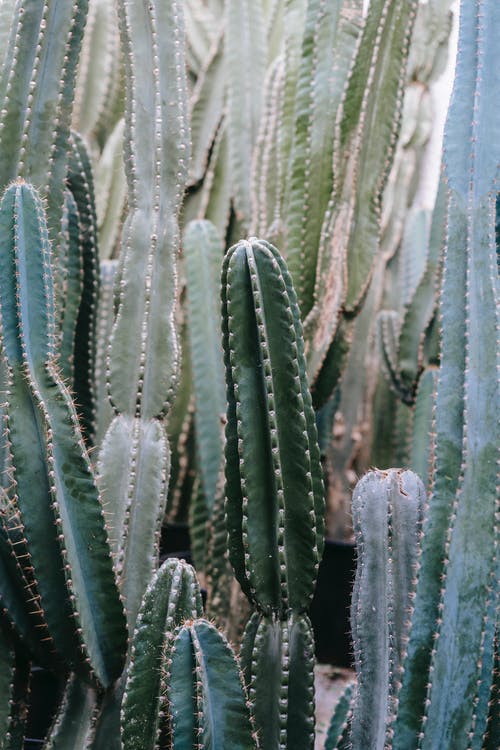The San Pedro Cactus, commonly referred to as Trichocereus, is known for its hallucinogenic properties. This towering columnar cactus, capable of reaching heights of 20 feet, is notable for its mescaline content. In Peru, it is revered as Huachuma, holding a sacred status alongside tobacco and coca.
Additional psychotropic alkaloids have been identified in the San Pedro Cactus. Its skin, which can be processed by drying, peeling, and grinding into a powder, contains the most potent concentration of mescaline. The cactus is also widely recognized by its traditional name, Huachuma.
Naturally found near Peru's Cordillera Blanca Mountain range, the cradle of the ancient Chavin civilization, confirm the San Pedro Cactus's usage dating back over 4000 years. The Chavin, known as the first sophisticated civilization in Peru, played a pivotal role in shaping the cultural and religious practices of subsequent societies, including the Inca.
For millennia, Andean cultures have consumed San Pedro for various purposes, including healing, religious divination, and to facilitate spiritual awakenings.
Chavin Lore
According to the earliest evidence, humans first used it in approximately 1300 BC. A stone carving depicting a supernatural creature holding San Pedro Cactus can be found in a temple dating to the ancient Chavin culture in Northern Peru. This would be a shaky but intriguing link to the Chavin people who ate San Pedro. The discovery of 3000-year-old San Pedro cigars at the exact location provides ample evidence for scientists to prove its use.
One notable artifact is a stone engraving that portrays a "huachumero" (a shaman specializing in huachuma) clutching a San Pedro Cactus. Archaeologists have dated this carving to 1500 B.C. or possibly earlier. Huachuma continues to be utilized in the northern regions of Chile, Ecuador, and Bolivia, with many adherents still practicing traditional Chavín customs. The Chavín tribe is known for creating numerous religious artworks featuring figures with the San Pedro cactus, thus identifying it as the earliest known psychoactive plant used medicinally.
Additionally, a ceramic pitcher from the Chimú culture, dating back to 1200 A.D., features an engraving of an owl-faced woman holding a cactus. This image is interpreted as representing a patron spirit, serving as a protector of herbalists and shamans.
Spanish Lore
During the Spanish conquest, Roman Catholic authorities sought to claim South America and attempted to ban the indigenous use of huachuma. This effort only led to the secretive continuation of their ceremonies, often starting after midnight. Following the Spanish occupation, huachuma was colloquially termed "San Pedro" (Saint Peter), named after the Christian saint believed to hold the keys to heaven. Legend has it that using San Pedro helps one reach heaven while still on Earth, hence the name, the key to heaven.












3 comments
FYI, the photo is not a San Pedro cactus – it looks more like Cereus jamacaru or Cereus repandus.
Hello There
In today’s hyper-connected world, the secret isn’t just hard work — it’s leveraging the right tools.
I’ve curated seven game-changers that are turning ordinary people into legends in their fields and daily lives.
Whether it’s self-improvement, entertainment, or health, let’s elevate together:
Want to impress with multiple languages? – Ling App turns you into the life of the party. → https://assist-hub.com/ling-app
Lost in the maze of diets? – Mayo Clinic Diet is the gold standard, trusted by thousands for proven results. → https://assist-hub.com/mayo-clinic-diet
Snoring disrupting your love life? – Dive together into peaceful nights using Good Morning Snore Solution®. → https://assist-hub.com/good-morning-snore-solution
Want peak fitness without the time peak? Dive into 10X Fitness by Mindvalley’s transformative sessions. → https://assist-hub.com/10x-fitness
Dreaming of epic tales but no time to read? – Audible whispers bestsellers into your ears, anytime, anywhere. → https://assist-hub.com/audible
Ever dreamt of mastering new skills? – From arts to tech, Skillshare offers a masterclass in every niche, taught by the best in the field. → https://assist-hub.com/skillshare
Tired of the same old shows? – Amazon Prime Video curates cinematic masterpieces just for you. → https://assist-hub.com/amazon-prime-video
Wishing you a journey of discovery and growth with these tools. Elevate every moment!
Warm regards,
The Assist-Hub Team
Thanks for providing some detailed history of San Pedro, there isn’t a lot of information out there on the cactus compared to other plant medicines. I’ve heard some of the artwork in Chavin also shows some of the ceremonial practices – have you heard that too?
- James, www.sanpedrostories.com
Leave a comment